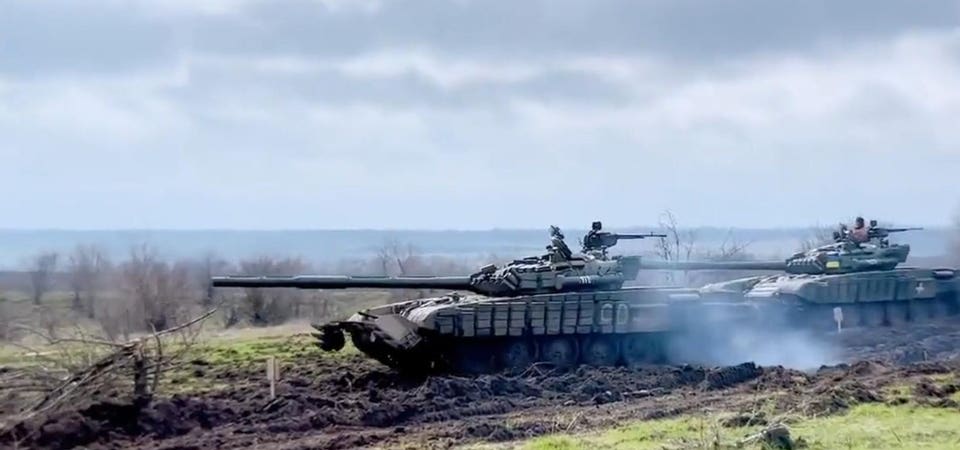The town of Robotyne, under Russian occupation just south of the front line in southern Ukraine’s Zaporizhzhia Oblast, controls the roads to Tokmak, 13 miles to the south. Tokmak for its part controls the roads to Melitopol, another 40 miles to the south. Melitopol meanwhile controls both access to the Black Sea— and the main overland supply lines to Russian-occupied Crimea.
All that helps to explain why, according to The New York Times , Ukrainian officials told U. S. officials the Tokmak axis is the locus of Ukraine’s southern counteroffensive, which began on June 4 and so far has seen Ukrainian troops advance a few miles along several axes—most notably around the ruins of Bakhmut in eastern Ukraine’s Donbas region.
But three Russian motor-rifle regiments, a pair of special forces brigades and several reserve battalions have dug in deep in Robotyne, forcing a trio of Ukrainian mechanized brigades—the 47th, 65th and 118th — to bleed for every yard they liberate . A costly assault near Robotyne apparently in late July underscores the sheer brutality of the fighting in this sector. One of the brigades—the 118th, it seems—lost no fewer than four BMP infantry fighting vehicles, two tanks and at least one other vehicle trying to force a tree-lined intersection a couple of miles northeast of Robotyne.
It’s unclear exactly what happened to the Ukrainian assault force. But if previous battles along the same axis are indicative—in particular, multiple costly assaults by the 47th Brigade north of Robotyne back in early June—a combination of mines and artillery immobilized the assault, forcing the surviving crews to bail out and retreat with their dead and wounded. The vehicles the Ukrainians rolled into battle that day underscore one of the major dilemmas facing Ukrainian commanders as their counteroffensive grinds toward its third month.
Some of the Ukrainian military newest and best-equipped brigades led the initial assaults in early June, including the 47th with its American-made M-2 infantry fighting vehicles. As those brigades suffered losses—the 47th alone has written off, or sent to the rear for repair, dozens of M-2s—the Ukrainians deployed some of their less-well-equipped formations, including the 65th and 118th brigades with their ex-Soviet T-72 tanks and BMP fighting vehicles. The crew and passengers of an M-2 stand a good chance of surviving a direct hit on their well-built vehicle.
The soldiers in a BMP-1 from the 1960s are in big trouble if their own vehicle runs over a mine or eats an artillery shell. The 65th and 118th take the lead in the attacks around Robotyne at great risk to their vehicle crews and infantry. The Ukrainian armed forces still are keeping some of their best brigades in reserve, including the heavily-equipped 82nd Air Assault Brigade with its Stryker and Marder IFVs and Challenger 2 tanks.
Swapping a brigade like the 82nd for a lighter unit like the 118th might save Ukrainian lives as Kyiv’s forces inch forward around Robotyne. But it seems the Ukrainian general staff still isn’t willing to commit all its best forces. It apparently is saving them for a possible breakthrough—say, after the 47th, 65th and 118th have liberated or bypassed Robotyne and pointed the way toward Tokmak.
If that’s the case—and it’s a big if —then the Ukrainian generals are gamblers. They’re betting the brigades currently fighting along the Tokmak axis are capable of breaking through. .
From: forbes
URL: https://www.forbes.com/sites/davidaxe/2023/08/02/the-ukrainians-are-losing-a-lot-of-old-soviet-vehicles-trying-to-break-through-russian-lines-around-tokmak/
